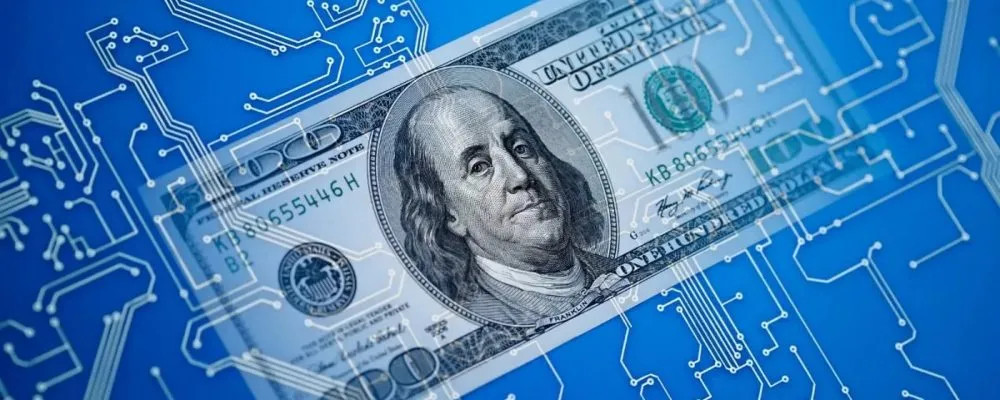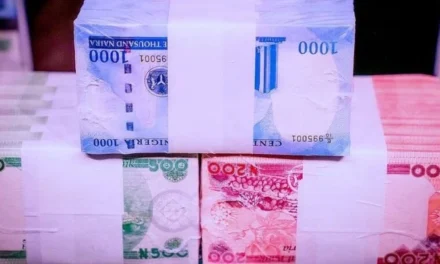The US Mint recently announced plans for a pilot program exploring the creation and potential uses of a central bank digital currency (CBDC), also known as a digital dollar. This follows in the footsteps of numerous other countries already exploring or piloting their own CBDCs.
What is a CBDC?
Unlike cryptocurrencies like Bitcoin, which are decentralized and not backed by any government, a CBDC is a digital form of a country’s existing fiat currency (in this case, the US dollar) issued and controlled by its central bank (the Federal Reserve in the US).
What’s the purpose of the pilot program?
The pilot program aims to:
- Evaluate the benefits and risks of a digital dollar: This includes exploring potential benefits like increased financial inclusion, faster and cheaper cross-border payments, and improved efficiency in government disbursements. On the other hand, potential risks like cybersecurity threats, financial stability concerns, and potential for social inequalities will also be assessed.
- Determine the appropriate design and functionalities of a digital dollar: This involves evaluating various technologies and design features, such as how the digital dollar could be distributed, accessed, and used for different transactions.
- Engage with stakeholders: The program will involve collaboration with the private sector, financial institutions, and various user groups to gather feedback and perspectives on the potential application of a digital dollar.
Timeline and next steps:
The pilot program is still in its early stages. The US Mint is currently seeking public input and engaging with stakeholders to shape the program’s design and objectives. The specific timeline for the pilot and any potential broader rollout of a digital dollar remain to be determined.
What does this mean for you?
While the pilot program is unlikely to have any immediate impact on your day-to-day financial activities, it represents a significant step towards potentially introducing a new form of digital money in the US. The outcome of the program and any future decisions regarding a digital dollar will have major implications for:
- Financial institutions: How banks and other financial institutions might interact with and distribute the digital dollar.
- Consumers: How individuals might access and use the digital dollar for everyday transactions, saving, and investment.
- The broader economy: Potential impacts on financial stability, monetary policy, and economic efficiency.
It’s important to stay informed about developments in this space as the pilot program progresses and further decisions are made regarding the potential future of a digital dollar in the US.






